What the American Dream looked like the decade you were born
How the American Dream has changed
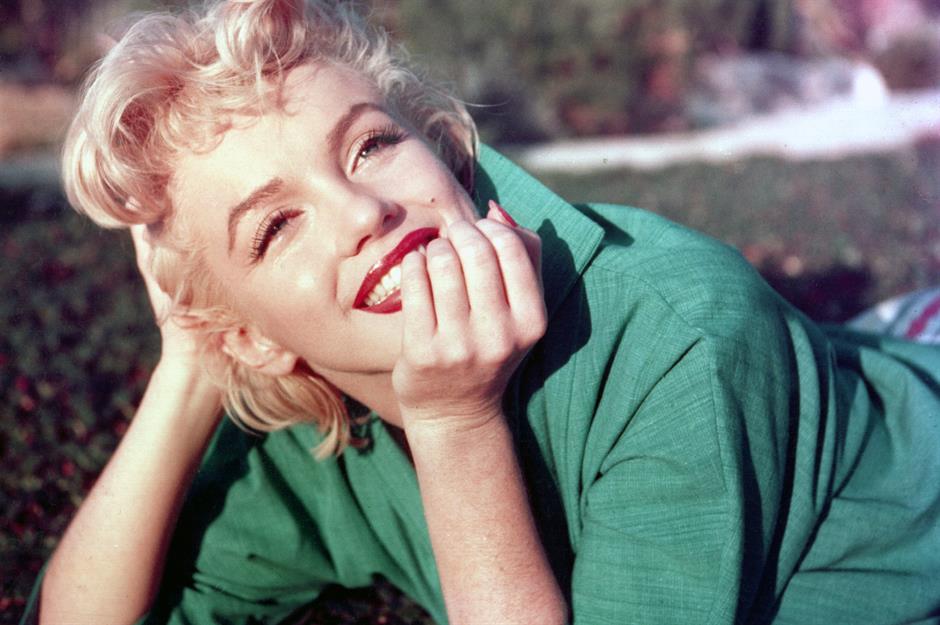
The phrase 'American Dream' was officially coined 90 years ago in a book called The Epic of America by James Truslow Adams. He argued it was "that dream of a land in which life should be better and richer and fuller for everyone, with opportunity for each according to ability or achievement." With that in mind, click or scroll through to see what the American Dream has looked like in every decade since the 1940s.
1940s: Rebuilding the nation
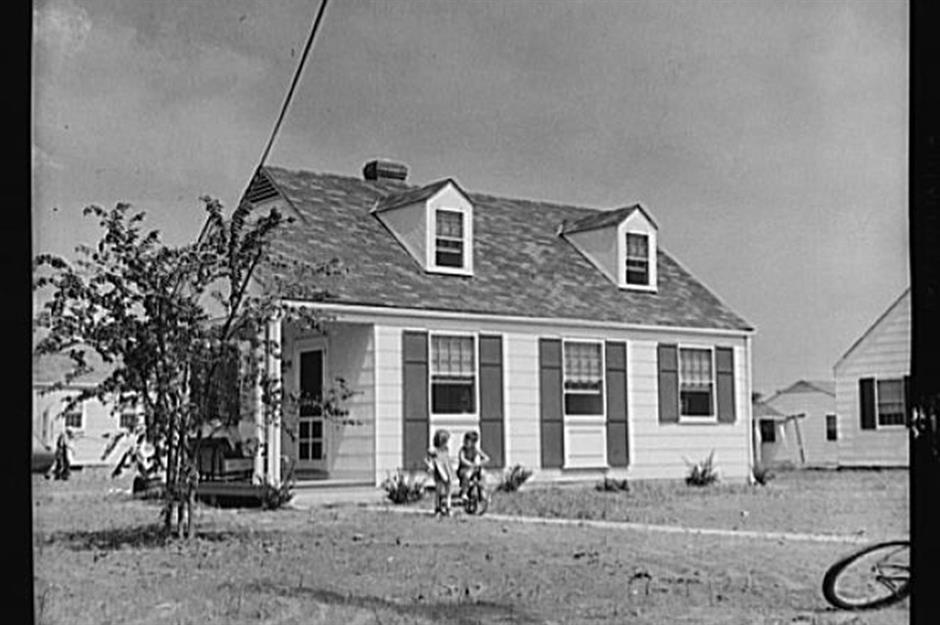
The American Dream in the 1940s was about establishing stability after a tough couple of decades, which generally included a house in the suburbs, a steady job and a solid family unit. It was the decade in which standard of living rose dramatically and the culture of consumption began to gain traction. Until Roosevelt’s 1934 Housing Act owning a home was out of reach for most Americans – even those in the middle class rented – and the new policy aimed to increase home ownership during the depression.
1940s: Rebuilding the nation

1940s: Rebuilding the nation
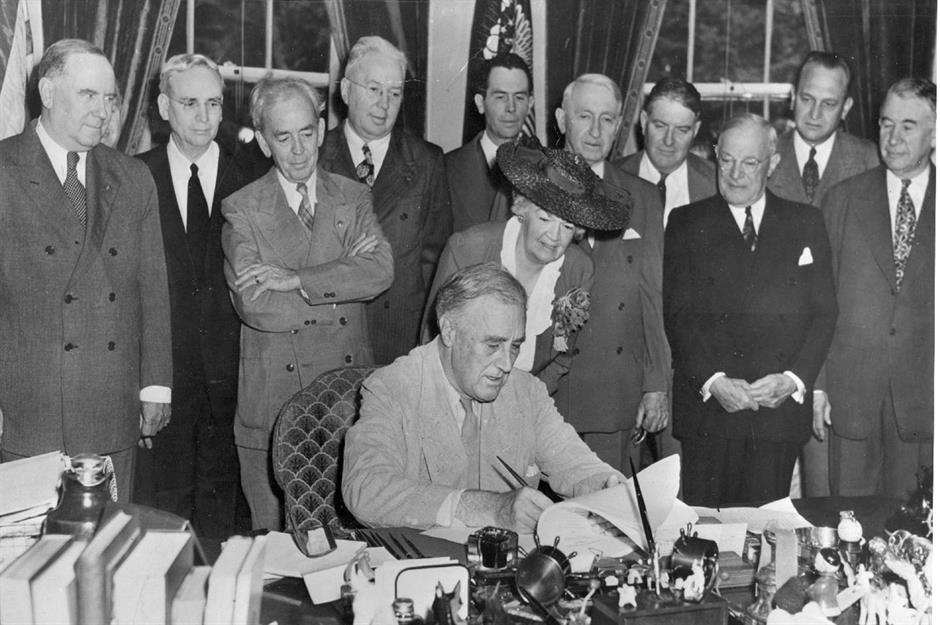
1940s: Rebuilding the nation
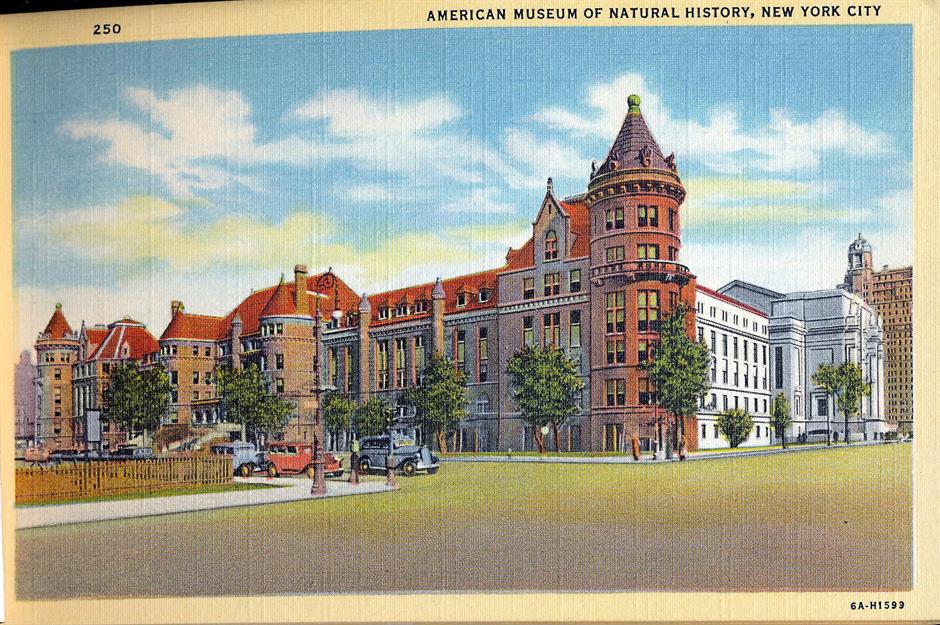
1940s: Rebuilding the nation
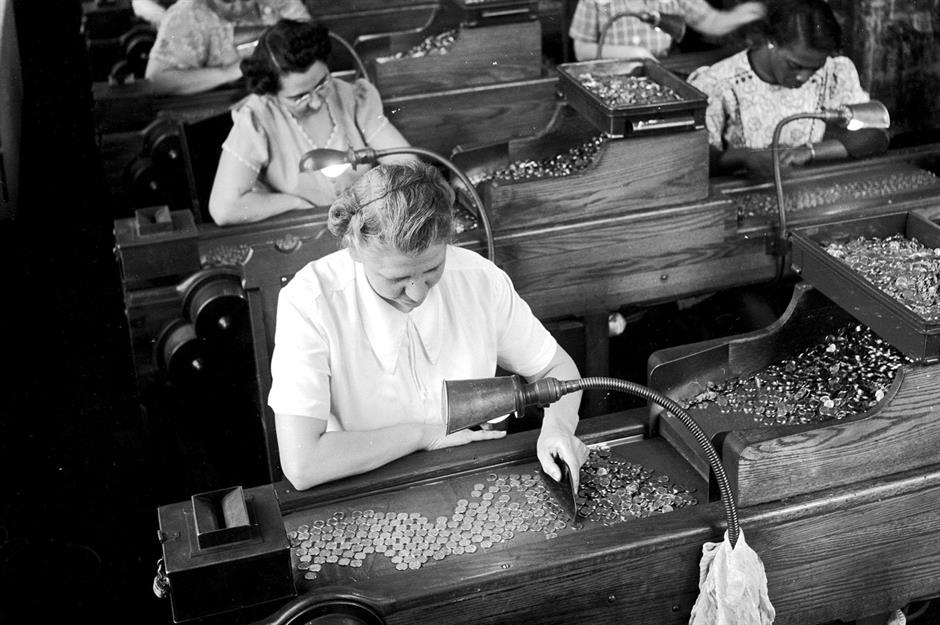
1950s: Postwar prosperity
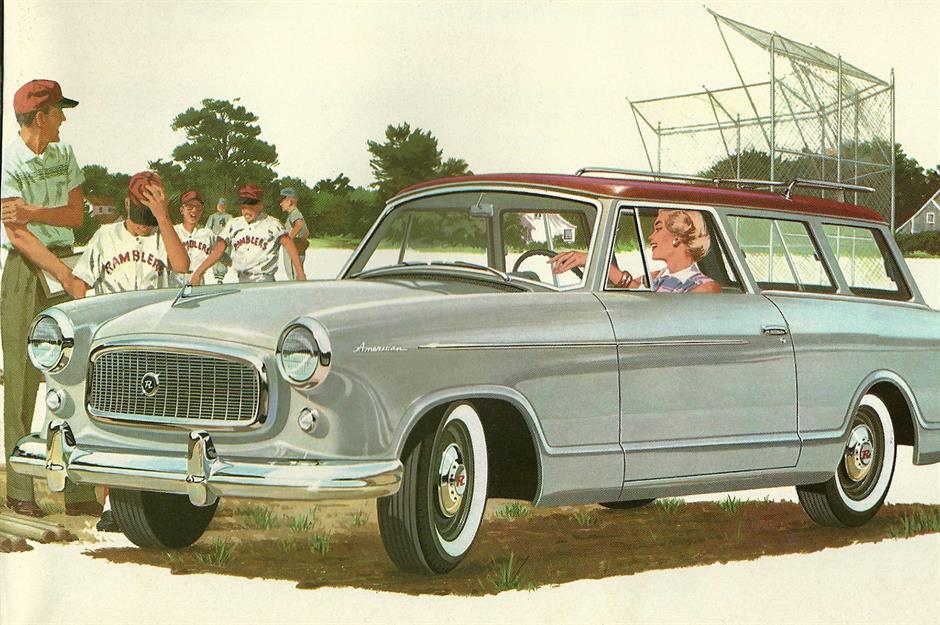
1950s: Postwar prosperity
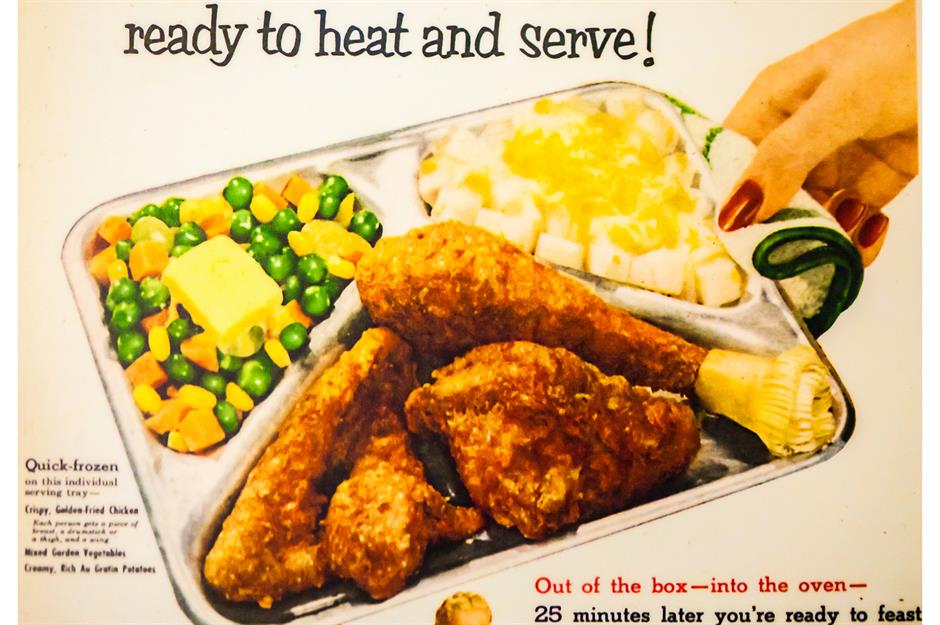
1950s: Postwar prosperity

1950s: Postwar prosperity
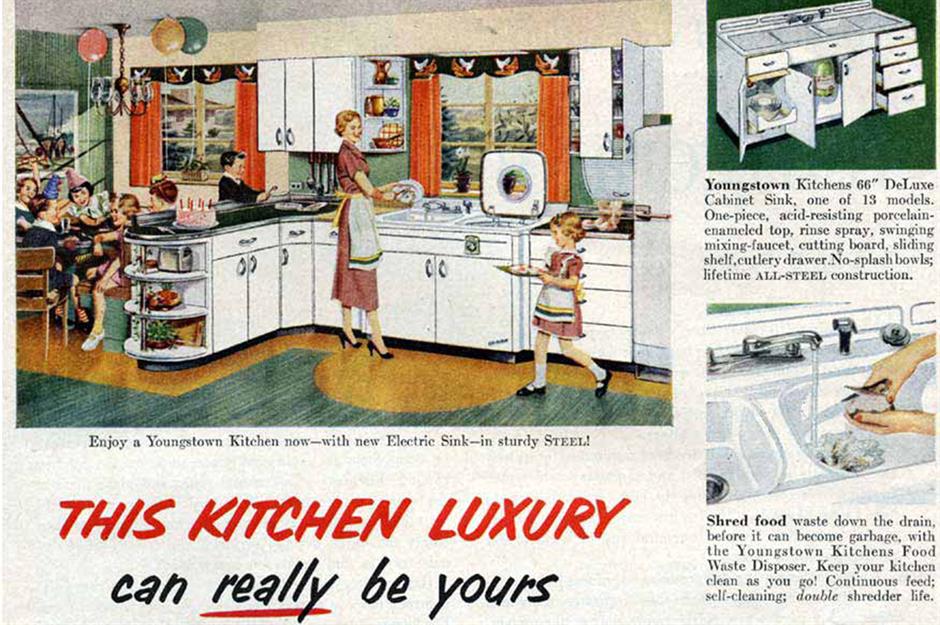
1950s: Postwar prosperity
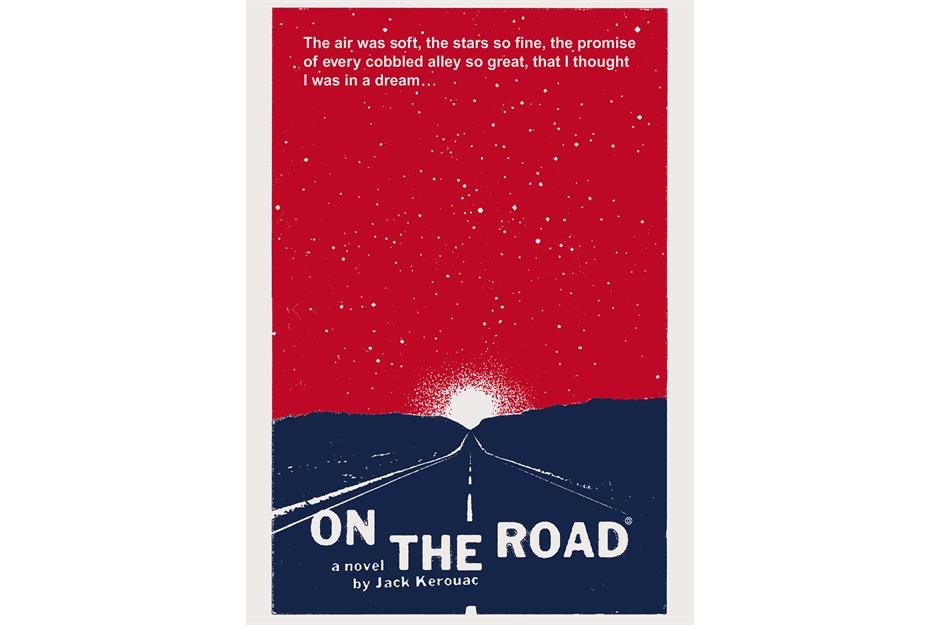
Not everyone was content with the American Dream. For writers like Jack Kerouac, whose 1957 novel On the Road expressed a dissatisfaction with the blandness of middle-class life in America, and embodied the need to look elsewhere for fulfilment. The beat generation was born, rejecting standard culture and materialism in search of spirituality and exploration.
1960s: Making the dream available to all
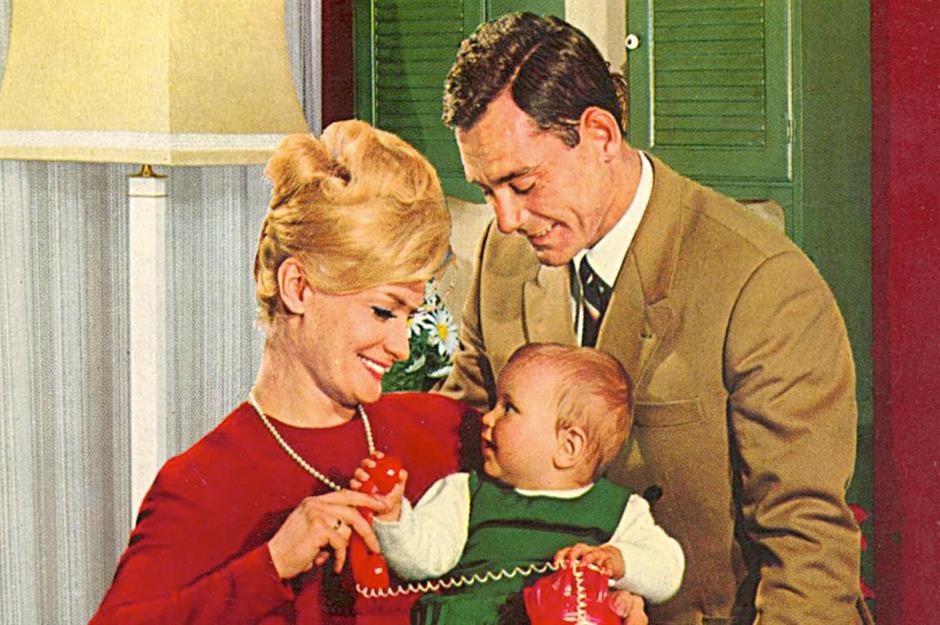
1960s: Making the dream available to all
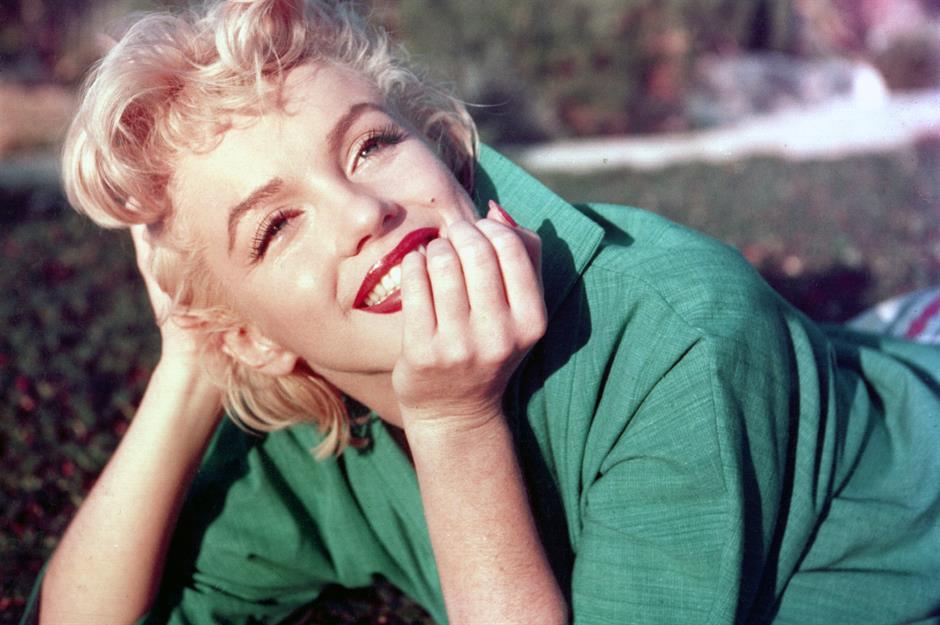
1960s: Making the dream available to all
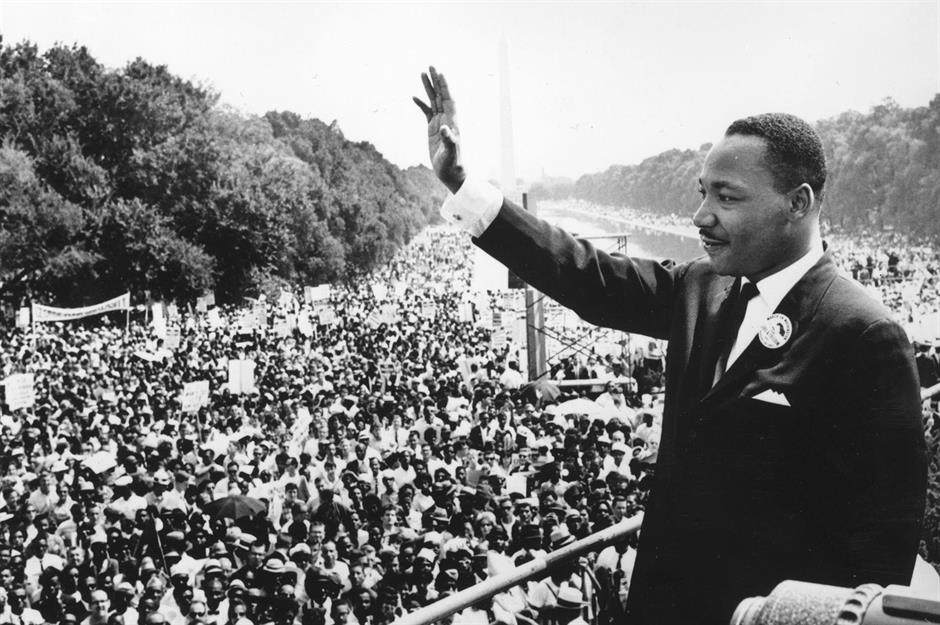
The American Dream had long been criticized for being exclusive to the white middle-classes – something which civil rights activists were intent on changing. In Martin Luther King Jr.’s iconic speech in 1963, he said, “I have a dream that one day this nation will rise up, live out the true meaning of its creed: 'We hold these truths to be self-evident, that all men are created equal.'” A year later, when the Civil Rights Act was passed and racial segregation was made illegal, that dream came within closer reach for many Americans.
1960s: Making the dream available to all
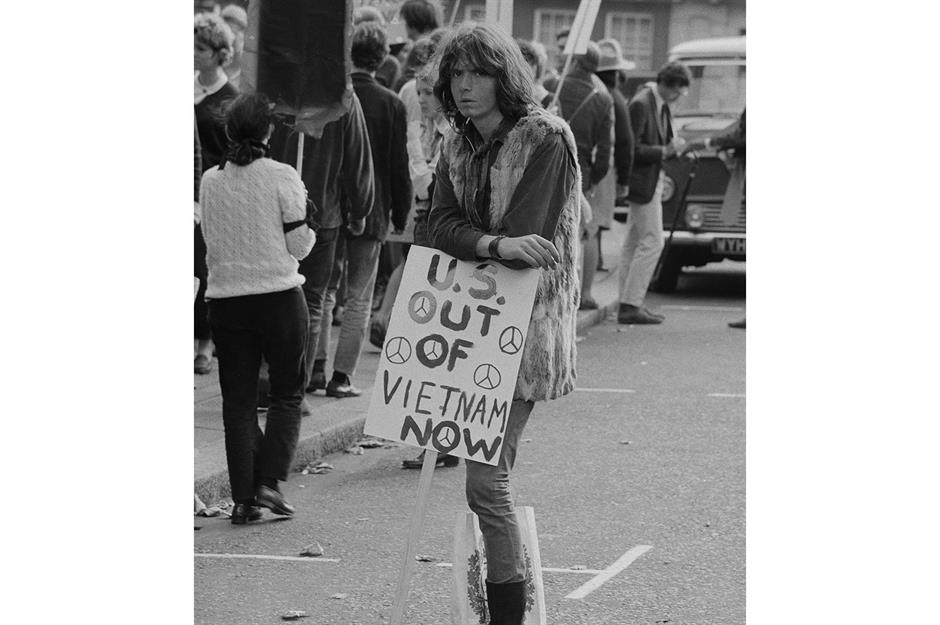
1960s: Making the dream available to all
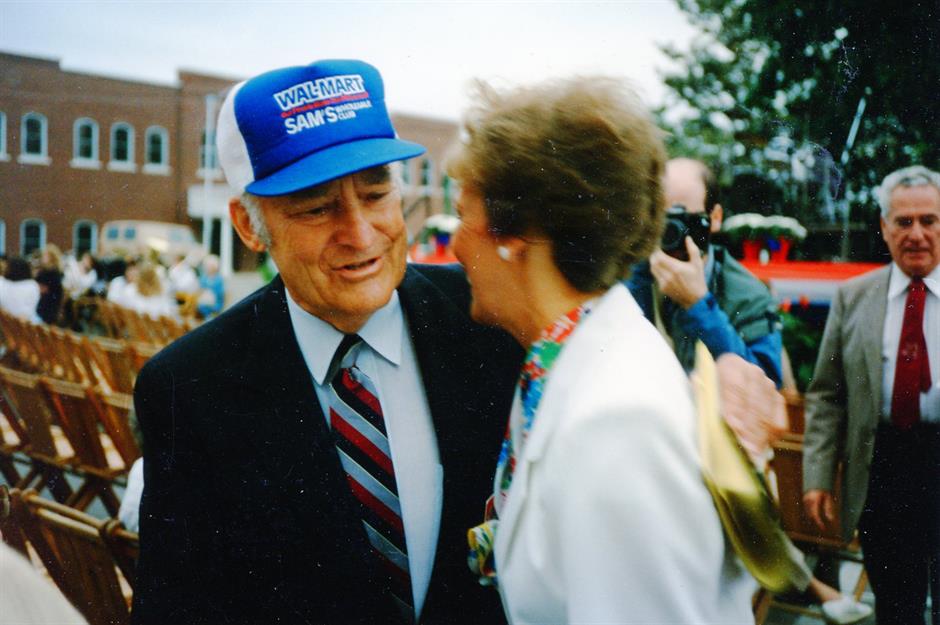
1970s: Personal wealth and progress
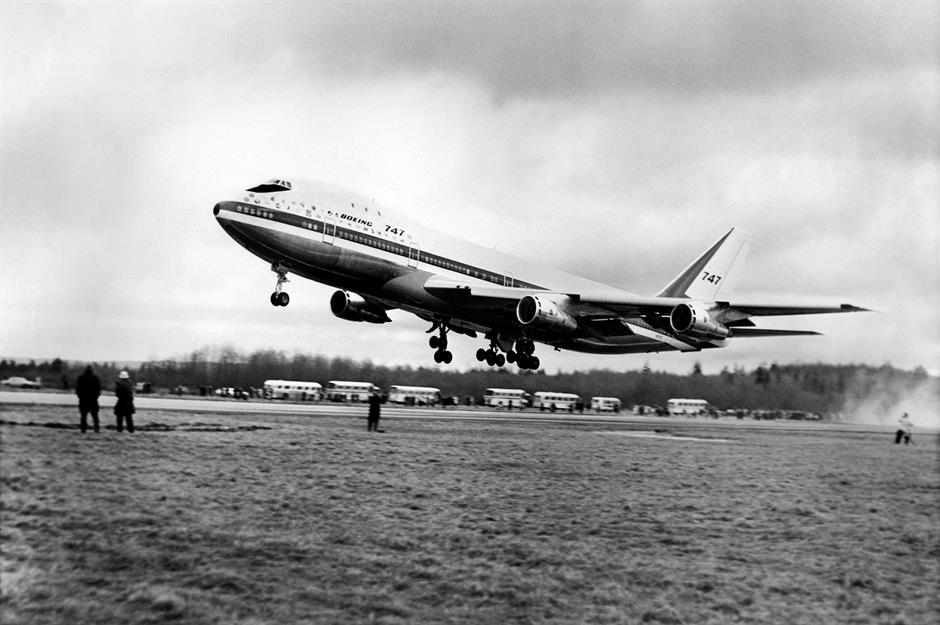
1970s: Personal wealth and progress

1970s: Personal wealth and progress

1970s: Personal wealth and progress
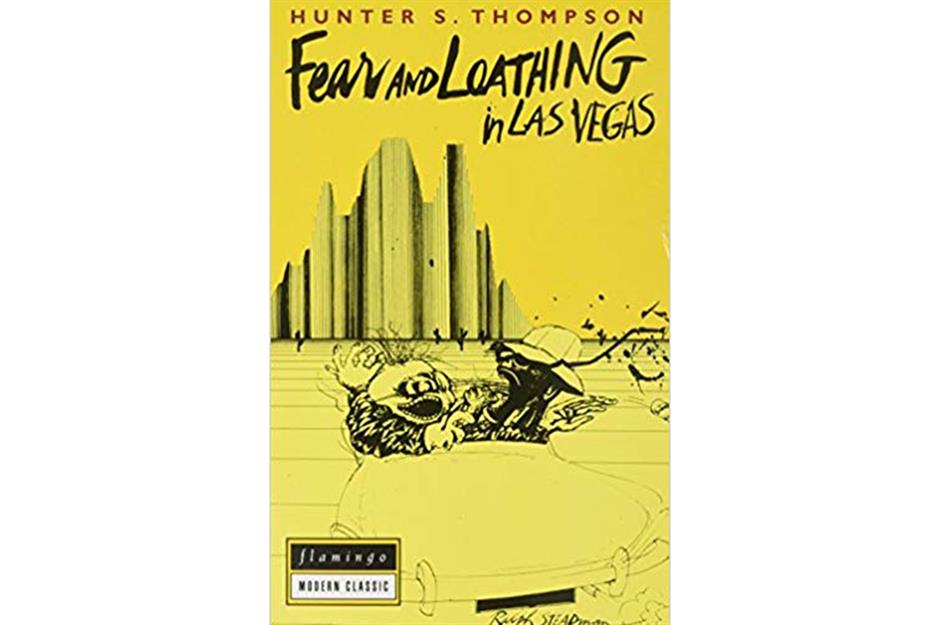
For every decade that the American Dream found its place in popular culture, there were plenty of commentators who criticized it. In 1971, Hunter S Thompson published Fear and Loathing in Las Vegas: A Savage Journey into the Heart of the American Dream, a novel which gives a disparaging view of hippie counterculture and declares the decline of the American Dream in the face of greed and excess.
1980s: An age of excess
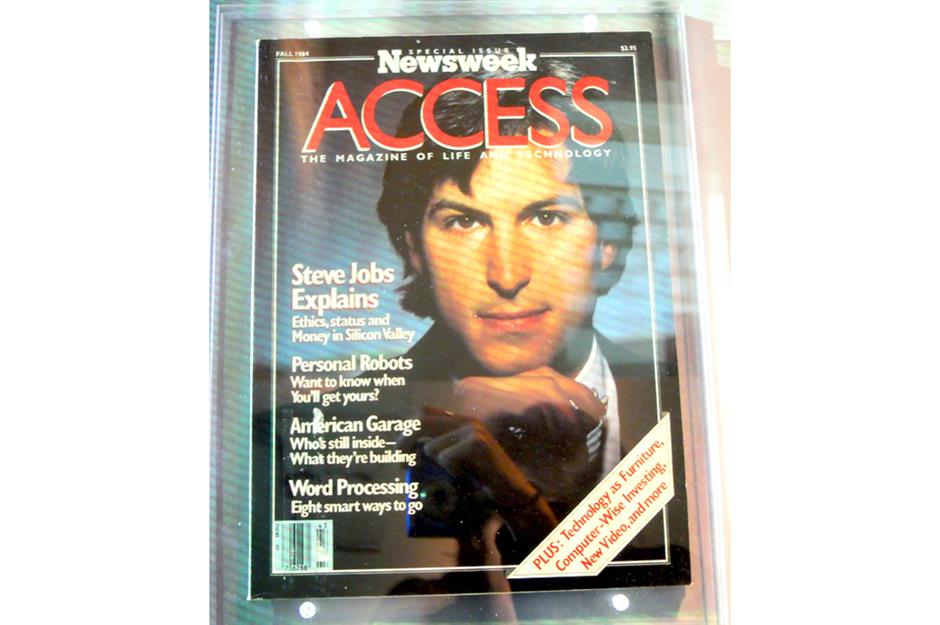
1980s: An age of excess
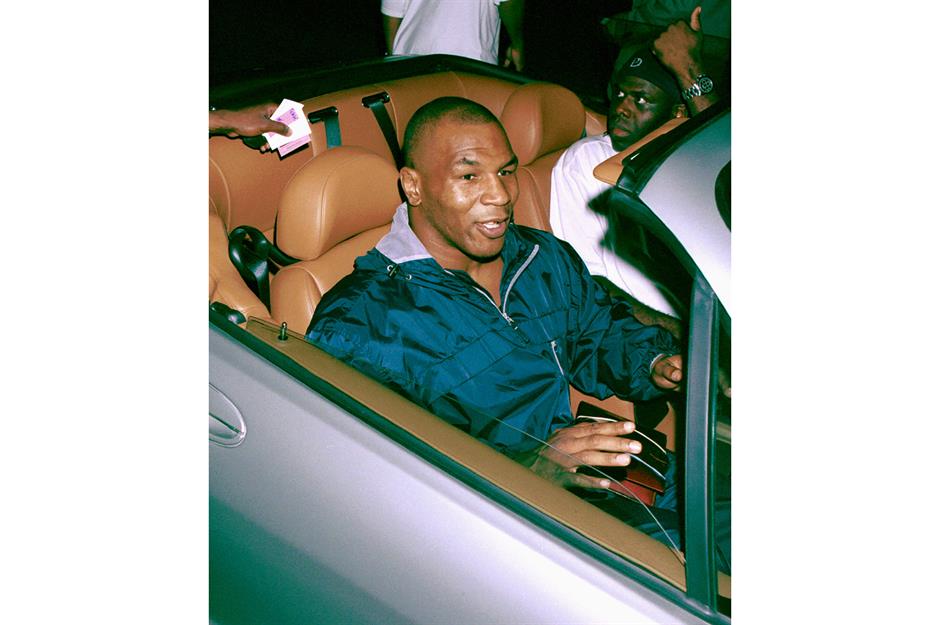
1980s: An age of excess

“I went to New York. I had a dream. I wanted to be a big star… I worked really hard and my dream came true”. Those were the words of Madonna on her 1985 Like A Virgin tour, which reflects how the American Dream was still focused on how hard work could bring success. From moving to New York with little more than a few dollars to becoming an international pop sensation, Madonna’s story reinforced the notion that determination and persistence could make dreams come true.
1980s: An age of excess
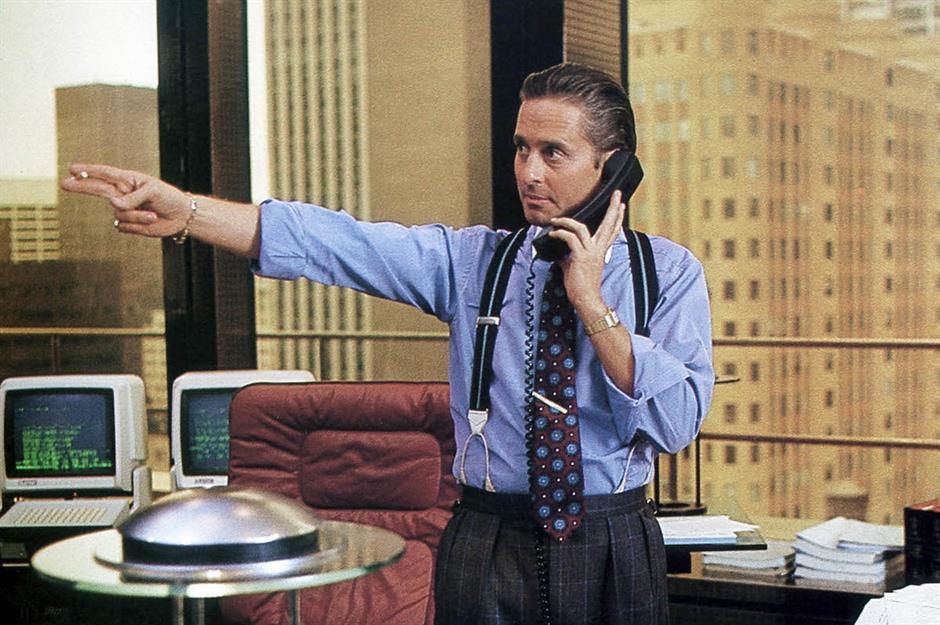
Movies from the decade gave us a more satirical view of the current version of the American Dream – most memorably the 1987 hit Wall Street. Meanwhile, college enrollment was on the up, increasing by about 1.71 million between 1980 and 1990, bringing with it a new set of ambitions for young people: abandoning small-town life for the big city and living like the characters in hit movies and TV shows.
1990s: Transformed by technology
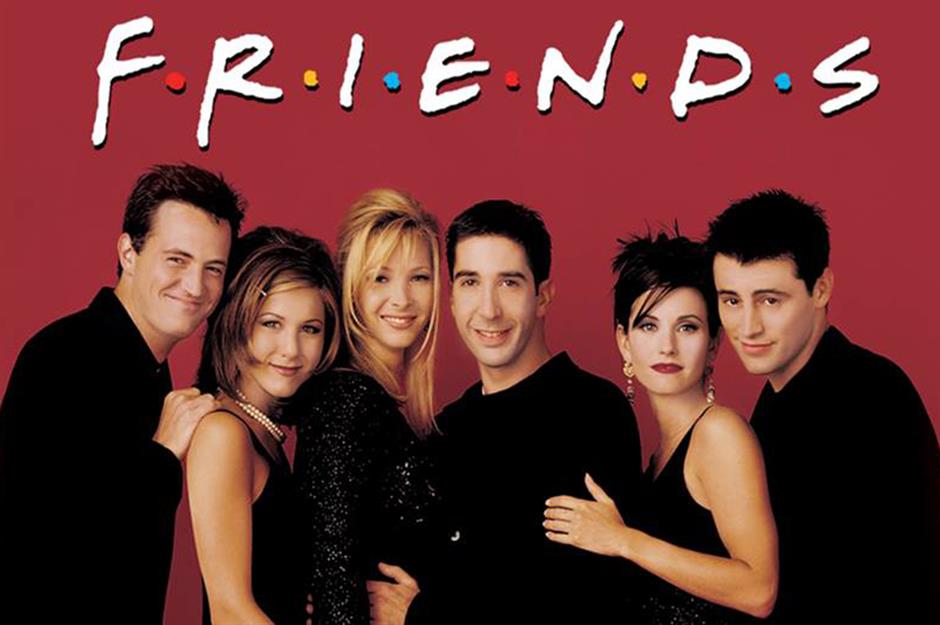
This city living dream continued into the 90s. The year 1994 saw the iconic sitcom Friends hit TV screens where the 20-something characters of the hit show live in rented apartments in Manhattan, reflecting the rising popularity of city living for young people migrating in search of better prospects.
1990s: Transformed by technology
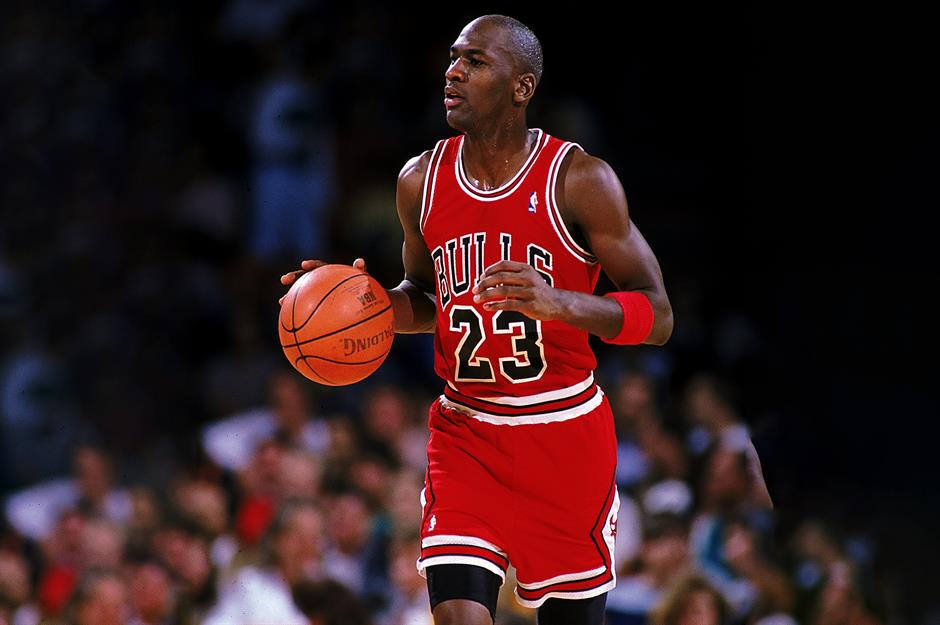
1990s: Transformed by technology
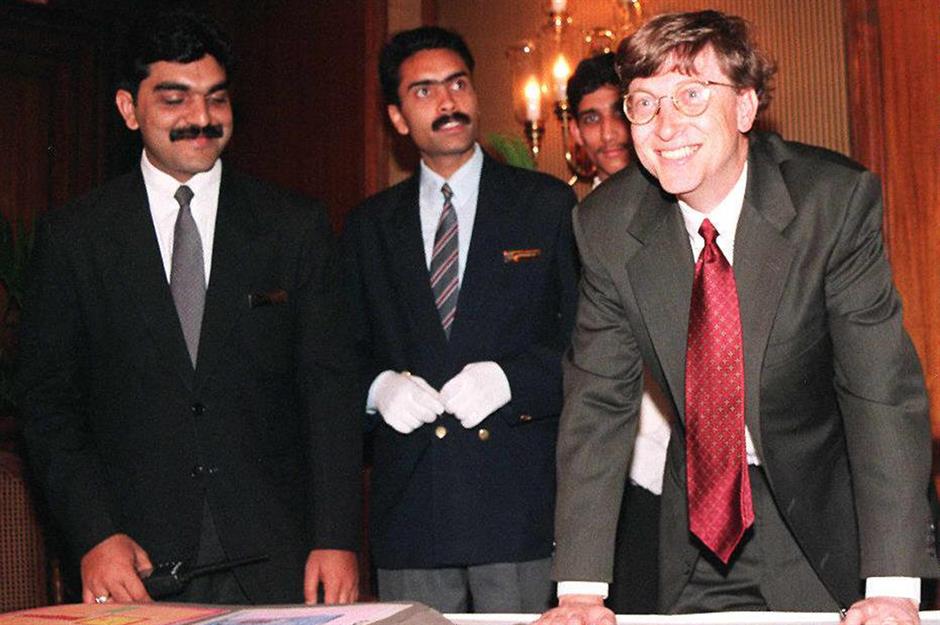
1990s: Transformed by technology
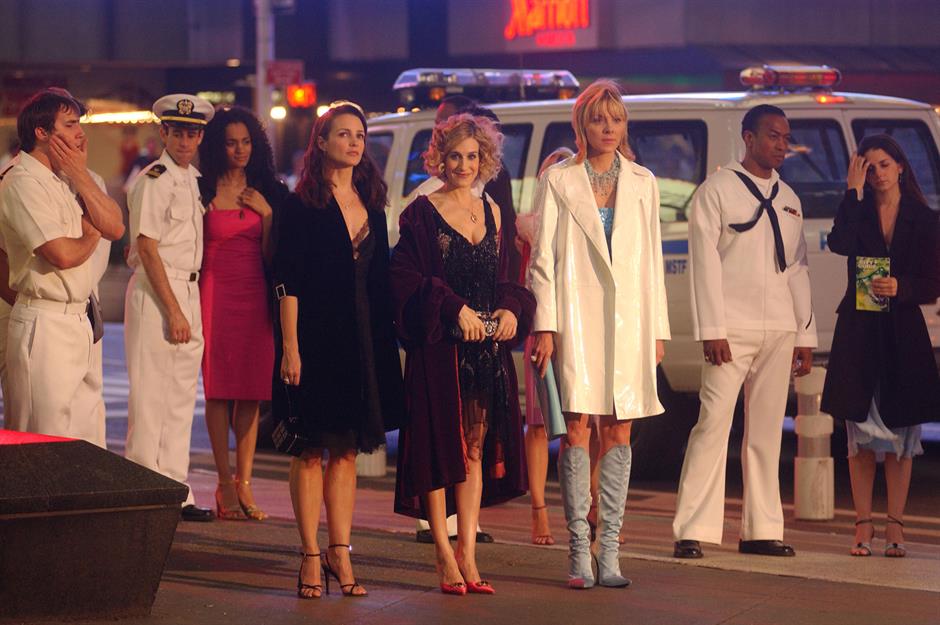
A record-breaking TV series, Sex and the City defined the American Dream for many young women in the late 90s. It told the story of four friends living in New York, who had successful careers, frequented the hottest bars and restaurants, made questionable decisions about men, and gossiped about it all with their girlfriends. Above all, it represented a moment when the American Dream was defined for younger people by independence and a break away from family life.
1990s: Transformed by technology
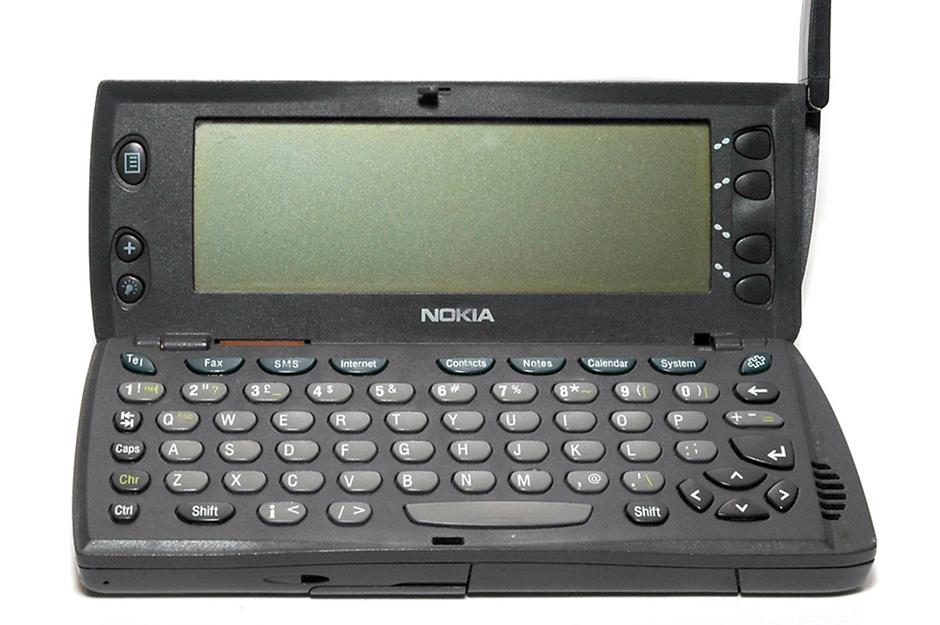
2000s: Changing hopes and aspirations

In the 00s, the American Dream was divided along generational fault lines. While baby boomers had reached peaks in their careers, it wasn’t quite the same for young people, as middle-class jobs disappeared during the recession of 2008 and many bounced from one low-paid job to the next. Reality TV such as Keeping up with the Kardashians became huge in this decade, perhaps because it sold a dream that anyone could “make it” by having a big personality, looking good or entertaining people.
2000s: Changing hopes and aspirations

Oprah Winfrey’s is the ultimate rags-to-riches story of the decade. Born to a teenage mother and raised by her grandmother on a small Mississippi farm, she had a turbulent childhood but did well at school, before securing a slot on local radio. Her first TV show, People Are Talking, was a hit and paved the way for The Oprah Winfrey Show. Becoming the first black billionaire in 2003, she’s a testament to the values of hard work and equal opportunity that underscore the American Dream.
2000s: Changing hopes and aspirations
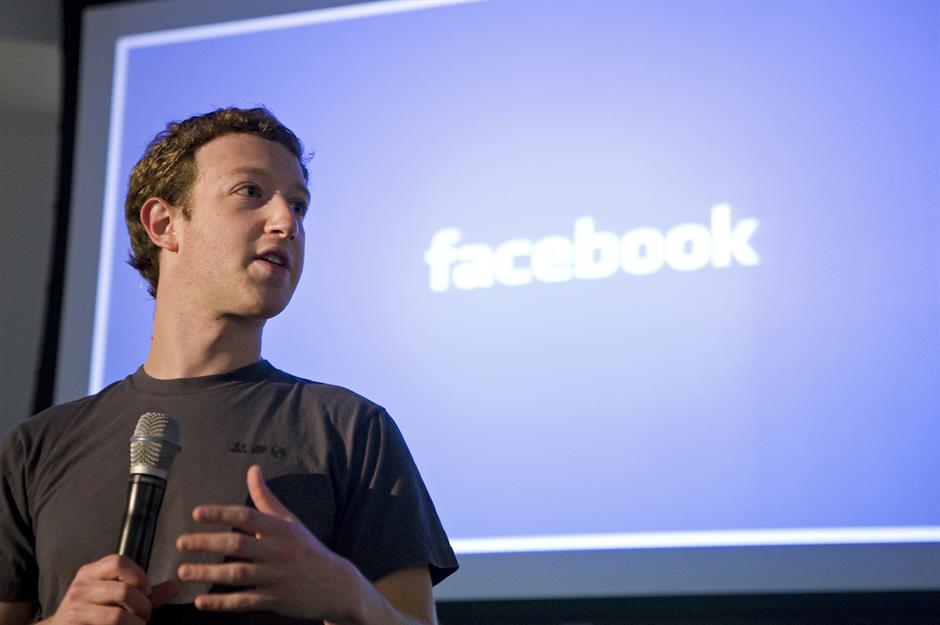
Mark Zuckerberg created Facebook along with friends from Harvard in 2004, and the idea immediately took off. Not only did Zuckerberg become the world’s youngest self-made billionaire four years later at the age of 23, but Facebook paved the way for a new age of social media. A second dotcom boom made Silicon Valley's next wave of entrepreneurs very rich.
Facebook's timeline and the staggering numbers behind its success
2000s: Changing hopes and aspirations

Today: No single American Dream?

Yet for many people the financial crisis of the late 00s was the tipping point which saw the American Dream become polarized, in the same way that politics was about to. For younger people in particular it has now become more about saving money than spending it, focusing on meaningful contributions to society and protecting the environment. At the other end of the spectrum there are around 10-11 million mostly older Americans who have succeeded financially and found themselves very well off thanks to rising real estate prices and savings, reinforcing the ideals of the American Dream of their youth.
Today: No single American Dream?
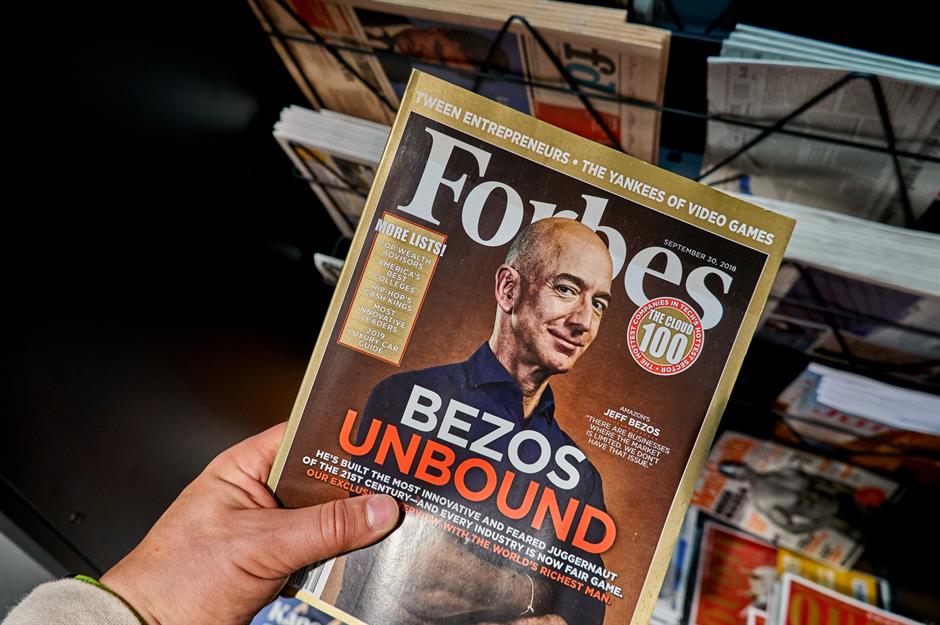
Despite changing ideals, successful entrepreneurs continue to become extraordinarily wealthy. Jeff Bezos, currently the world’s richest man according to Forbes, started out with an online bookstore and quickly revolutionized the way we shop. If you want to get rich and you have the right idea, Silicon Valley remains the place to be.
Amazon CEO Jeff Bezos: the story of how he became a bookstore billionaire
Today: No single American Dream?

Yet there’s also a rising tide of philanthropy among the world's richest people in a post-recession era where excessive wealth is coming into question. The Giving Pledge, set up by Bill and Melinda Gates and Warren Buffett in 2010, has gained 190 signatures from the super-rich, agreeing to give away large chunks of their fortunes.
Today: No single American Dream?
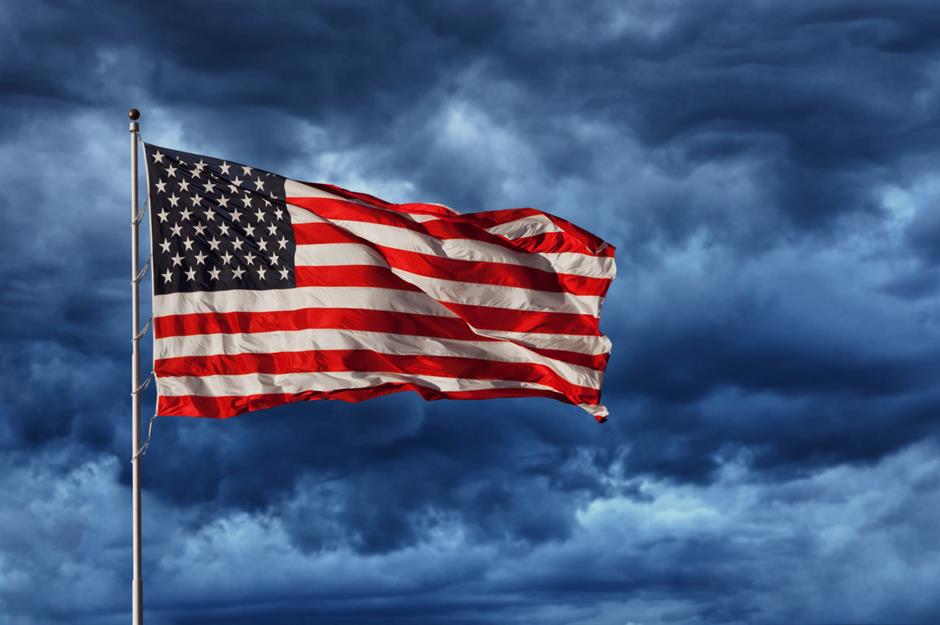
For some today the American Dream means a chance for fame and celebrity, while for others it means succeeding through the old adage of family values and hard work. Still others believe that the American Dream just represents a world closed to all but the elite with their wealth and contacts, as illustrated by the current college admissions scandal. Meanwhile, surveys have found that almost half of all millennials believe the American Dream is dead. In an ever-changing country, the idea of what the American Dream means to different people is changing too.
Comments
Be the first to comment
Do you want to comment on this article? You need to be signed in for this feature